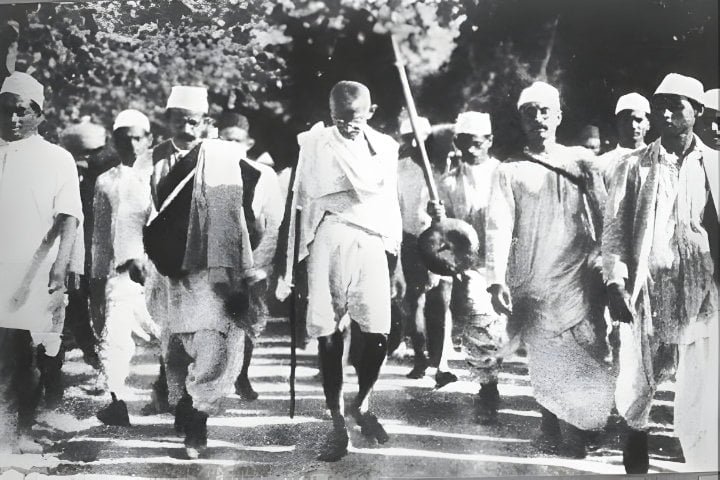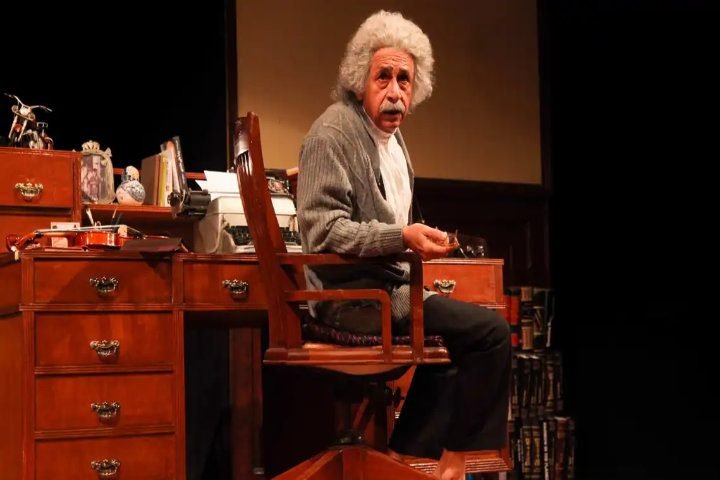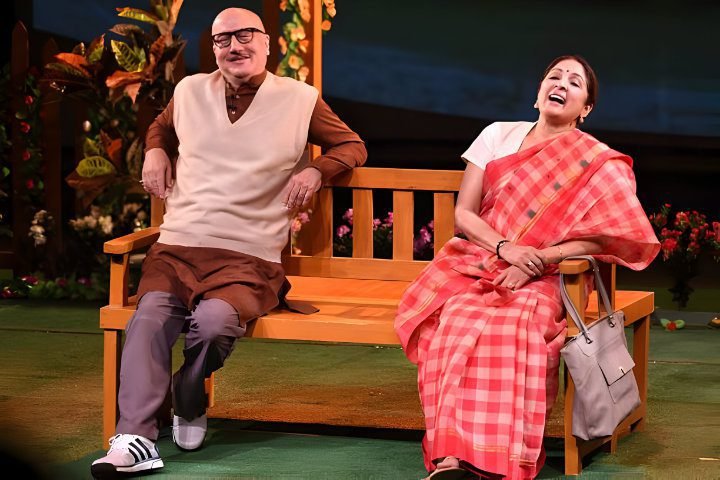- Concept of Socialization
- Media and Social Change
- Social Movements in India
- First War of Independence 1857
- Swadeshi Movement 1905
- Non-Cooperation Movement 1920
- Civil Disobedience Movement 1930
- Quit India Movement 1942
- Land Reform Movement in India
- Chipko Movement 1973
- Dalit Panther Movement 1972
- Mandal Commission Report and Caste-Based Reservation in India 1990
- Narmada Bachao Andolan 1985
- Right to Information Act (RTI) 2005
- India Against Corruption Movement (2011) and Lokpal Act (2013)
- India’s Awakening: The Nirbhaya Movement’s (2012) Impact
The Non-Cooperation Movement
The Swadeshi Movement of 1905 and the Non-Cooperation Movement of 1920 are two watershed moments in India’s fight for independence.
In This Article
The British partition of Bengal along religious lines in 1905, with the intention of dividing and ruling the Indian population, ignited the Swadeshi Movement. As a countermeasure, Indians promoted indigenous industries and boycotted British imports in an effort to practice swadeshi, or self-reliance.
Aurobindo Ghosh and Rabindranath Tagore were among the movement’s prominent figures who championed economic independence to claim one’s cultural heritage.
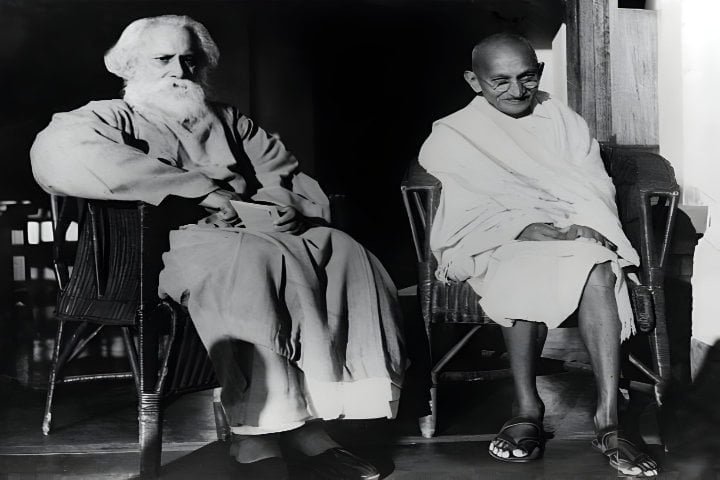

The Non-Cooperation Movement was launched in 1920 on September 4. Mahatma Gandhi served as its leader, and it used a more comprehensive strategy to challenge British colonial dominance.
Causes of the Non-Cooperation Movement:
- Dissatisfaction with Montagu-Chelmsford Reforms
- Rowlett Act
- Economic Hardship due to World War I
- Jallianwala Bagh Massacre and Resultant Punjab Disturbances
- Khilafat Agitation
Montagu-Chelmsford Reforms
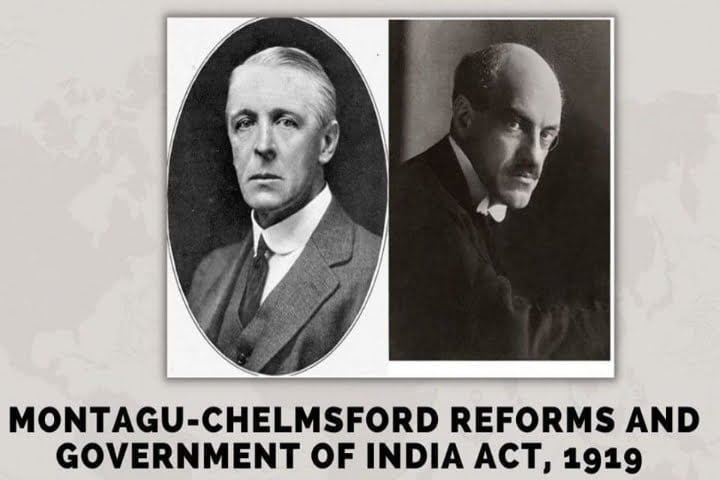

In 1919, the Montagu-Chelmsford Reforms were implemented, which was a major turning point in the constitutional history of India during British rule. Named after Edwin Montagu, the Secretary of State for India, and Lord Chelmsford, the Viceroy of India, these reforms addressed Indian demands for greater participation in governance while ensuring British control.
The establishment of dyarchy and the division of governmental duties into reserved and transferred subjects, with elected Indian representatives having a voice in transferred areas, were among the salient features. The reforms also allowed for greater Indian representation in legislative councils at the central and provincial levels, albeit with restrictions based on property and educational qualifications.
The changes, however, did not provide India with the desired degree of self-governance, so they did not live up to the hopes of Indian nationalists. However, they set the stage for later constitutional changes and political awakenings, which in turn opened the door for more calls for autonomy and, ultimately, independence.
Rowlett Act
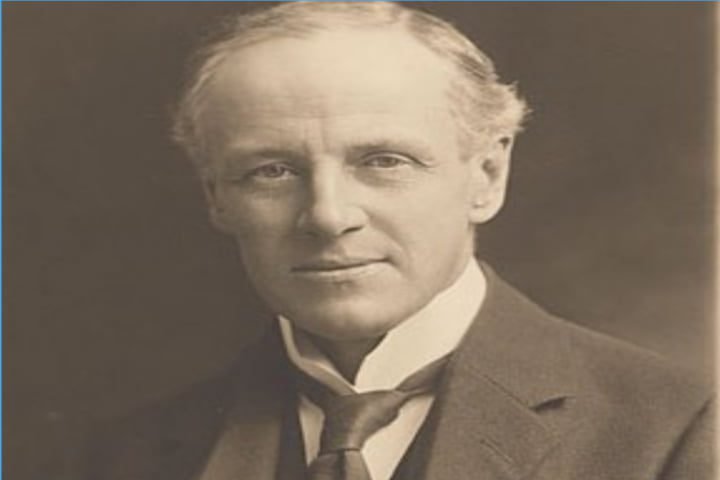

Economic Hardship due to World War I
India’s participation in the war caused a lot of economic hardships for the people. Prices of goods began to soar, which affected the common man. The peasants also suffered because the prices of agricultural products did not increase. All this led to resentment against the government.
Jallianwala Bagh Massacre and Resultant Punjab Disturbances
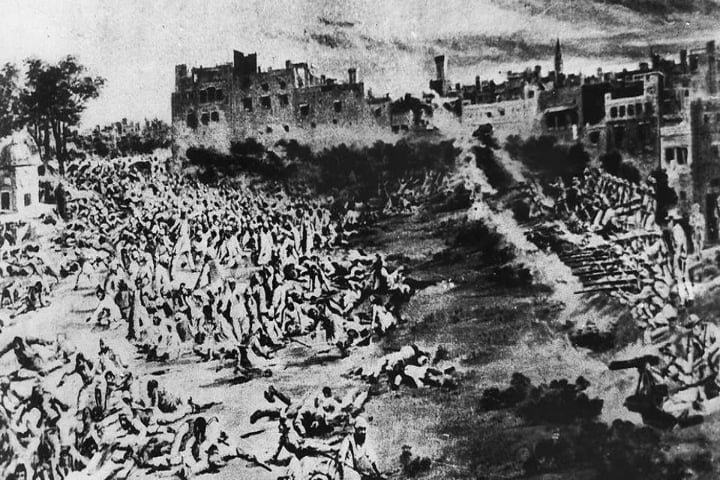

Khilafat Agitation
Early in the 1920s, Indian Muslims launched a significant pan-Islamic political movement known as the Khilafat Movement or Khilafat Agitation. It was born from the Ottoman Caliphate’s disintegration after World War I and the Treaty of Sèvres, which undermined the caliph’s authority as the world’s spiritual head of Sunni Muslims, the Ottoman Sultan.
Indian Muslims opposed the British government’s move to overthrow the caliphate. Famous individuals like the Ali brothers, Maulana Muhammad Ali and Maulana Shaukat Ali, led them, and the Indian National Congress and Mahatma Gandhi supported them. Muslims aimed to preserve their unity and defend the caliphate because they perceived it as an assault on their religious identity.
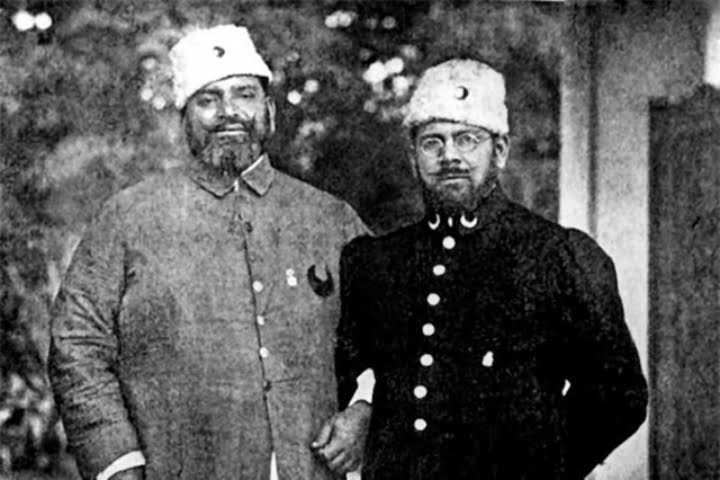

By organizing large-scale rallies, boycotts, and demonstrations, the Khilafat Movement inspired Muslims all over India to demand that the British government uphold the integrity of the caliphate. The larger framework of India’s independence movement also gave Muslims a forum to voice their complaints and claim their political agency.
Although the Khilafat Movement was initially aligned with the Indian nationalist movement, differences arose over strategies and objectives. By the mid-1920s, the movement had begun to decline due to internal divisions, British repression, and its inability to achieve its main objective of preserving the caliphate.
Nevertheless, the Khilafat Movement left a lasting impact on Indian politics. It showed how religious and nationalist identities can overlap and how important it is for Muslims to be involved in India’s fight for independence. This also united Indian Muslims, paving the way for political mobilization and activism.
Non-cooperation Movement Demands
In March 1920, Mahatma Gandhi issued a manifesto declaring the doctrine of the Non-cooperation movement. Gandhi, through this manifesto, wanted people to:
- Support Swadeshi Principles: self-local government (Swarajya)
- Accept Swadeshi habits, including handspring and weaving
- Work for the eradication of untouchability from society
- Prohibited & withdrawing British Education Institutions
- Renunciation from their titles and notable posts (Political, Honours, Gallantry)
The movement favoured peaceful civil disobedience and demanded a boycott of British institutions such as courts, educational institutions, and government services, declining or resigning from British posts, prohibiting government regulations, and focusing on abolishing the use of British products, etc.
Mahatma Gandhi stated India could achieve independence within a year if this movement succeeded. It was the transition of
individuals to a mass movement. Non-cooperation was focused on getting full independence, also known as Purna Swaraj.
While the Swadeshi Movement sought economic independence, the Non-Cooperation Movement sought to undermine British rule and set the stage for complete independence.
People from all walks of life, including Hindus and Muslims, urban and rural, rich and poor, found a common cause and were inspired to oppose British rule in the struggle for independence.
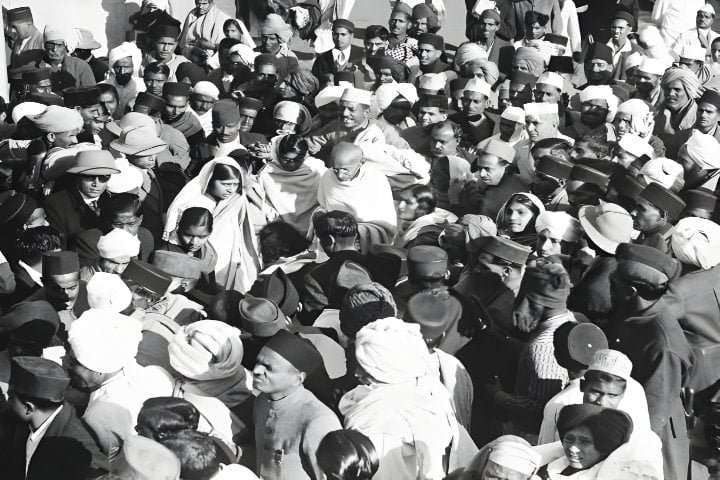

By coming together, people were able to build a stronger sense of community that went beyond religious and social boundaries, ultimately leading to a more inclusive society, which was required for widespread engagement in the independence movement.
Non-Cooperation Movement empowered ordinary citizens to become agents of change in their communities. From boycotting foreign goods to establishing indigenous schools and institutions, Indians actively shaped their destinies. This grassroots mobilisation empowered and inspired future social movements.
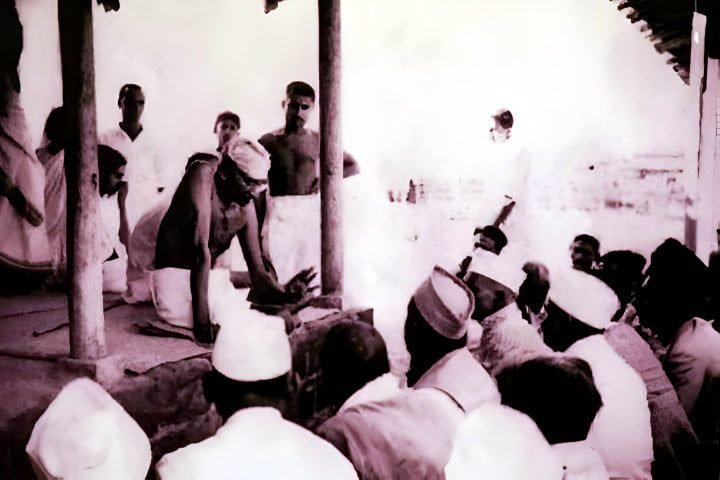

The legacy of the Non-Cooperation Movement extends far beyond its immediate goals. While it did not achieve its objective of securing immediate independence, it laid the foundation for future struggles and ultimately led India towards eventual freedom. Its emphasis on non-violence, civil disobedience, and cultural resurgence inspired subsequent generations of leaders and activists, shaping the course of Indian history.
The CUET UG 2024 Mass Media and Communication syllabus contains this topic under the Communication section.

